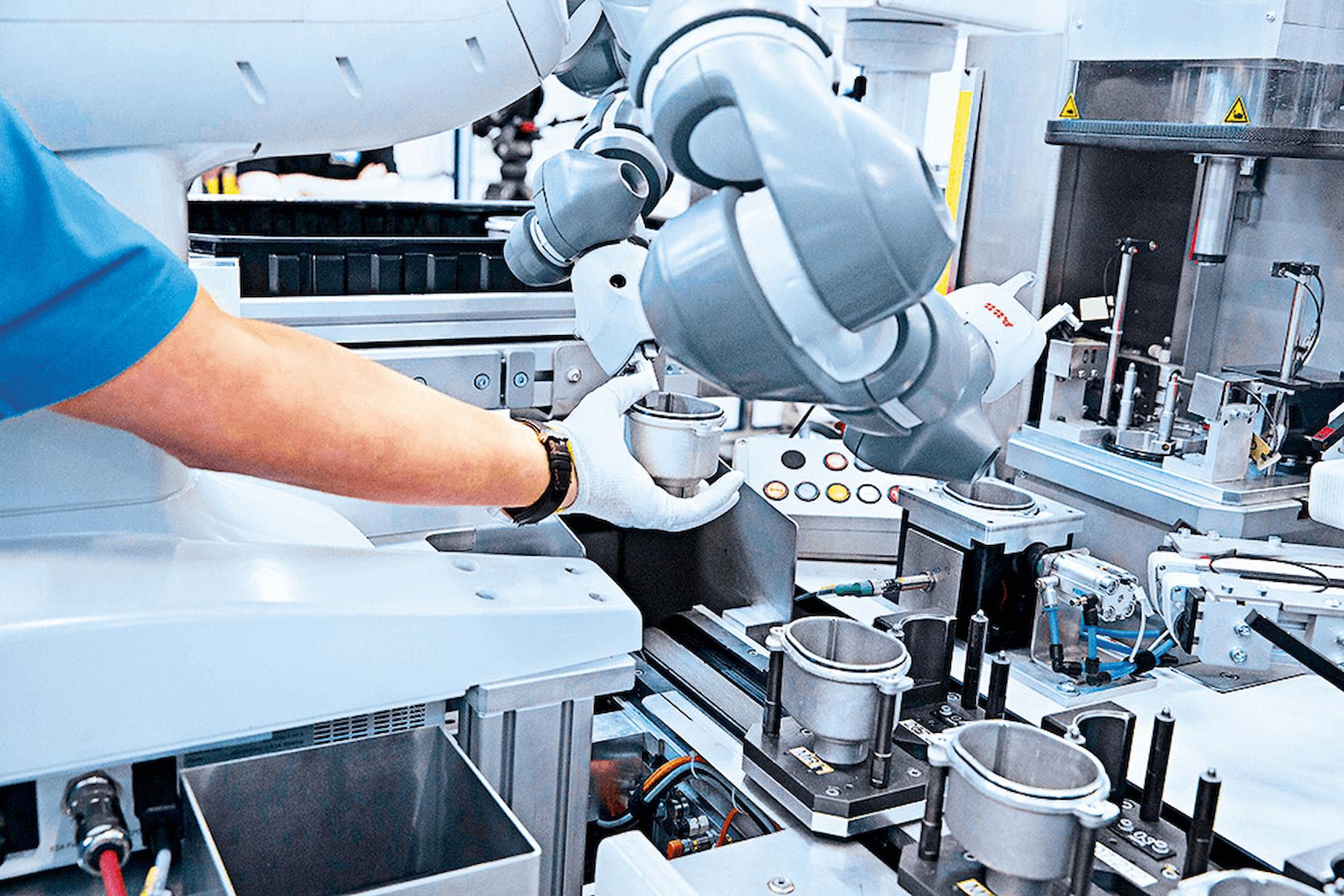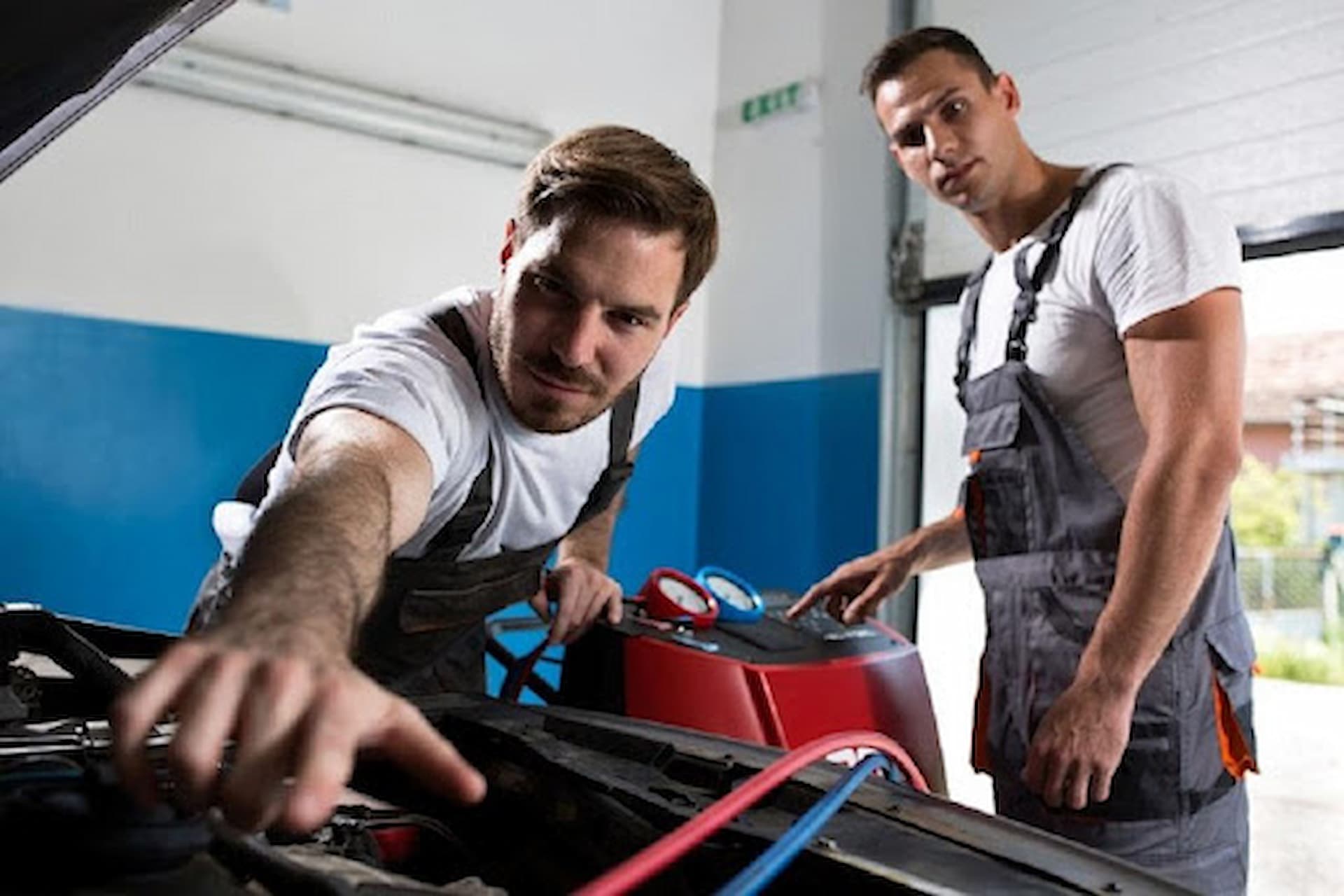Industries and technologies have always been in search of apps and techniques that assist them in their work. This is why advancements in technologies and applications have always remained the need of the hour. One such technology needed in manufacturing is rapid prototyping. This technology is rapidly being used in the manufacturing industry by engineering designers. This is why the rapid prototyping and rapid prototyping factory is developing more these days.
How Do Rapid Prototyping Techniques Work?
Rapid prototyping technology makes use of various manufacturing tactics even though it mostly makes use of additive manufacturing. Some of the rapid prototyping technologies use high-speed monitoring casting, etc. It is seen that additive manufacturing is the most commonly used rapid prototyping technique but all the other methods are used for creating the prototypes. There is a rapid prototyping factory to carry out this work. The rapid prototyping process includes the following two steps:
- Subtractive: In this method, a material lock is being carved to get the desired shape via techniques like mining and grinding.
- Compressive: Under this step, a semi-solid material of liquid is being incorporated into the required shape before it undergoes the process of casting and molding.
This is how rapid prototyping techniques work. It is very helpful from the manufacturing point of view and almost all types of industries make use of this technique.
Advantages Of Rapid Prototyping Techniques
Rapid prototyping technology is an ideal technique for creating 3D designs. This technique is getting more used in industries to increase the speed and quality of production. There are several benefits that the rapid prototyping techniques are used. Some of them are described here:
- Give Clear Design Concept: With the help of 3D technology this technique allows the engineers to explain the design more accurately with print rather than just presenting the visual concepts. The designers can get their ideas approved by the clients before they start the production. It is beneficial both for the designers as well as the clients.
- Allows To Add Changes: By presenting a real-time of how the final product would look like it becomes easy for the client and designer to discuss the changes required in the product and incorporate them in the design. This allows the client to get the product that matches perfectly to his specifications. It also helps in improving the design.
- It Saves Cost And Time: Once the final product is manufactured it becomes very difficult to incorporate the changes. Also, incorporating any changes post-manufacturing is a very time and money-consuming process. With the rapid prototyping techniques, it becomes quite easy to decide on any changes and incorporate them beforehand. This also establishes a better relationship between the client and the designer.
- Helps Reduce Flaws In The Design: Once the final designs are ready it becomes easy for the designer to analyze and minimize the flaws in the design. It gives an idea about the finish and faults in the product. This will in turn not only reduce flaws of the product but will also increase the quality of the manufactured product.
These were some of the advantages of rapid prototyping techniques.



